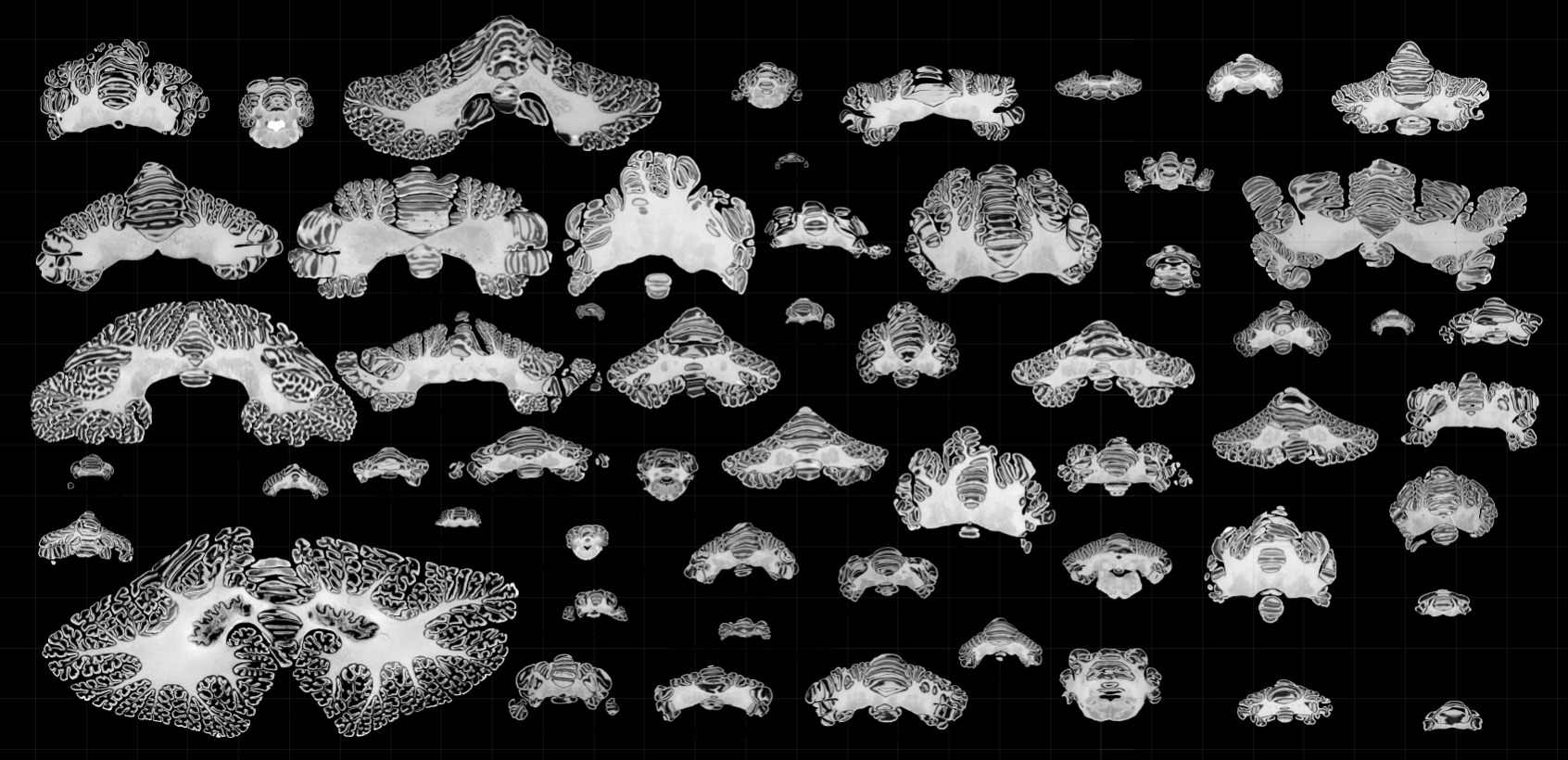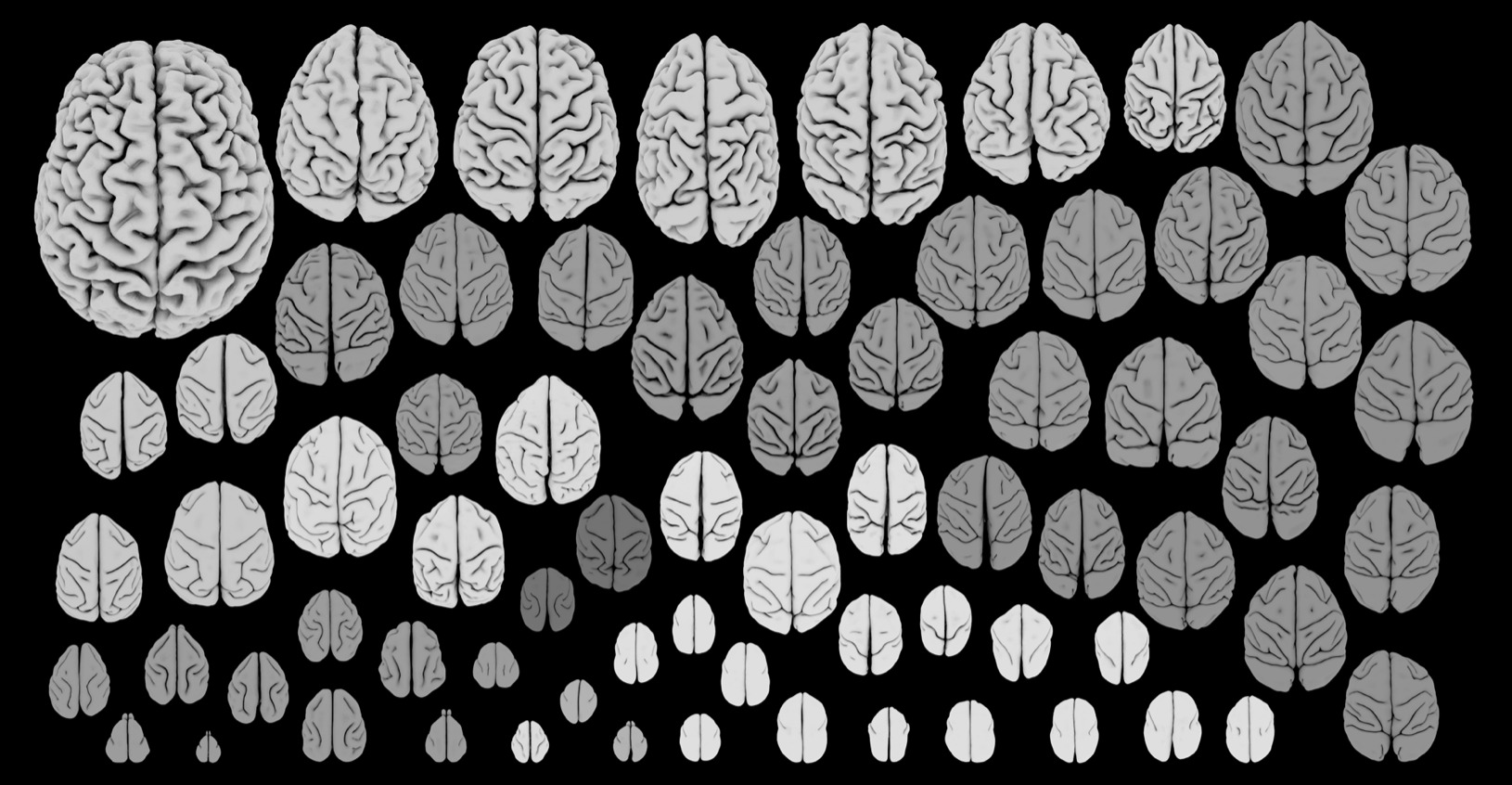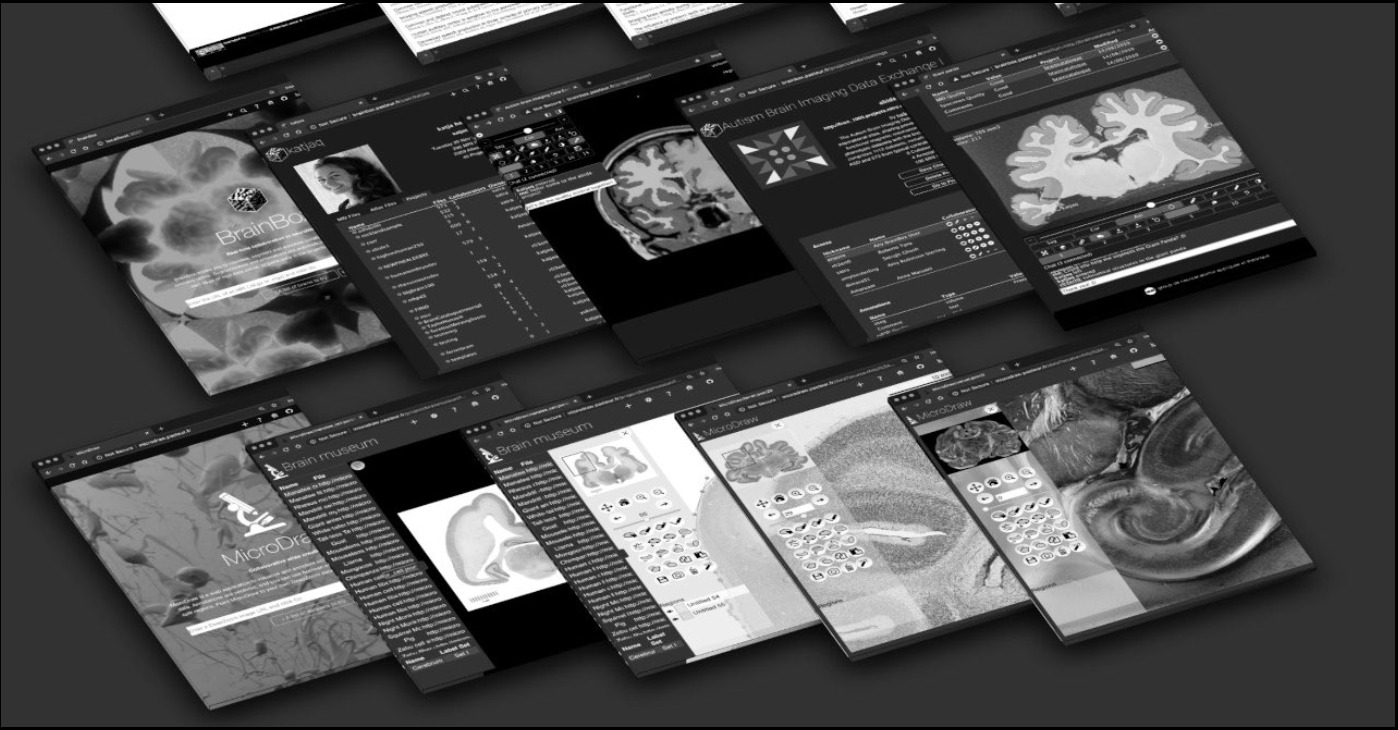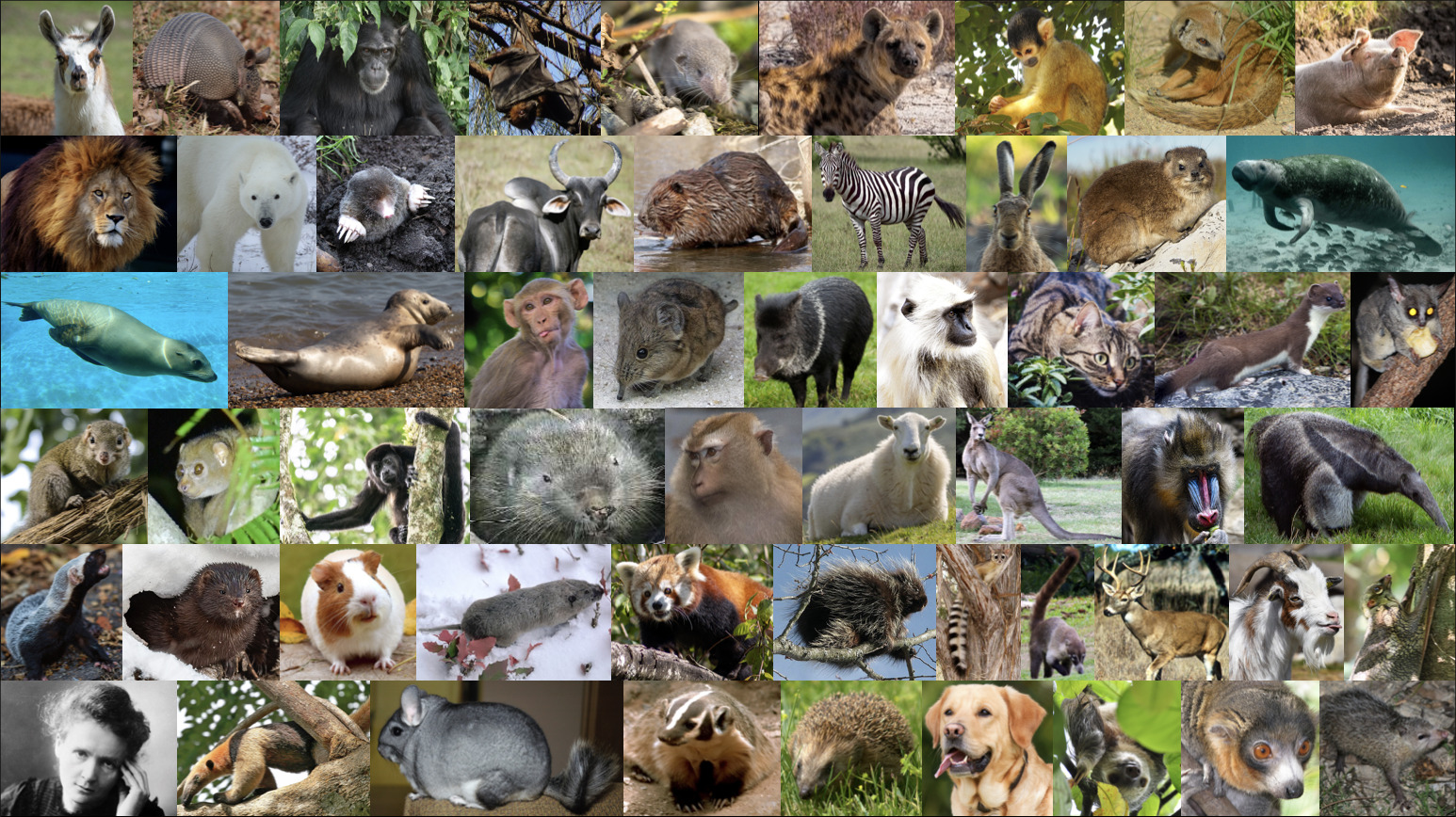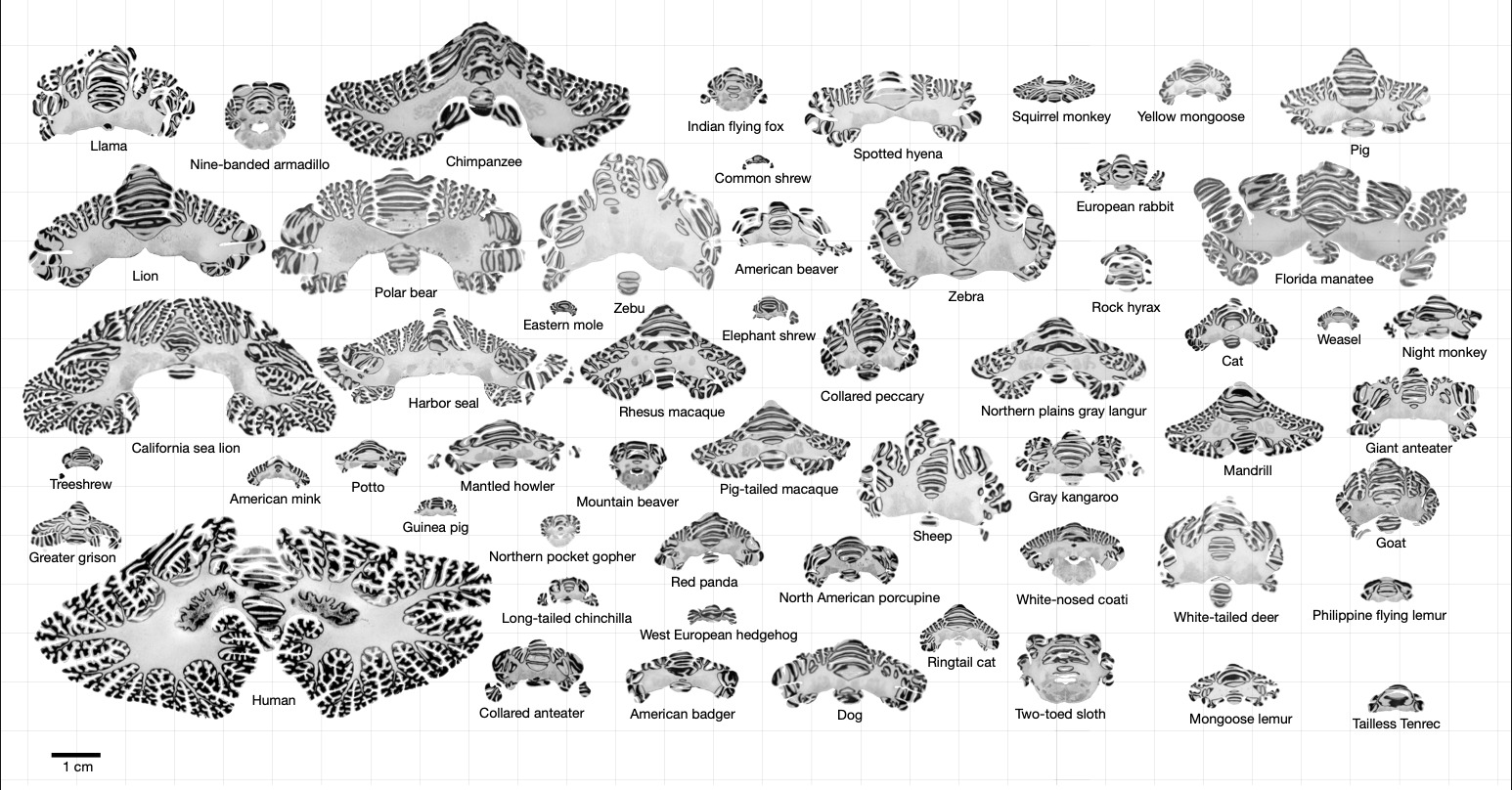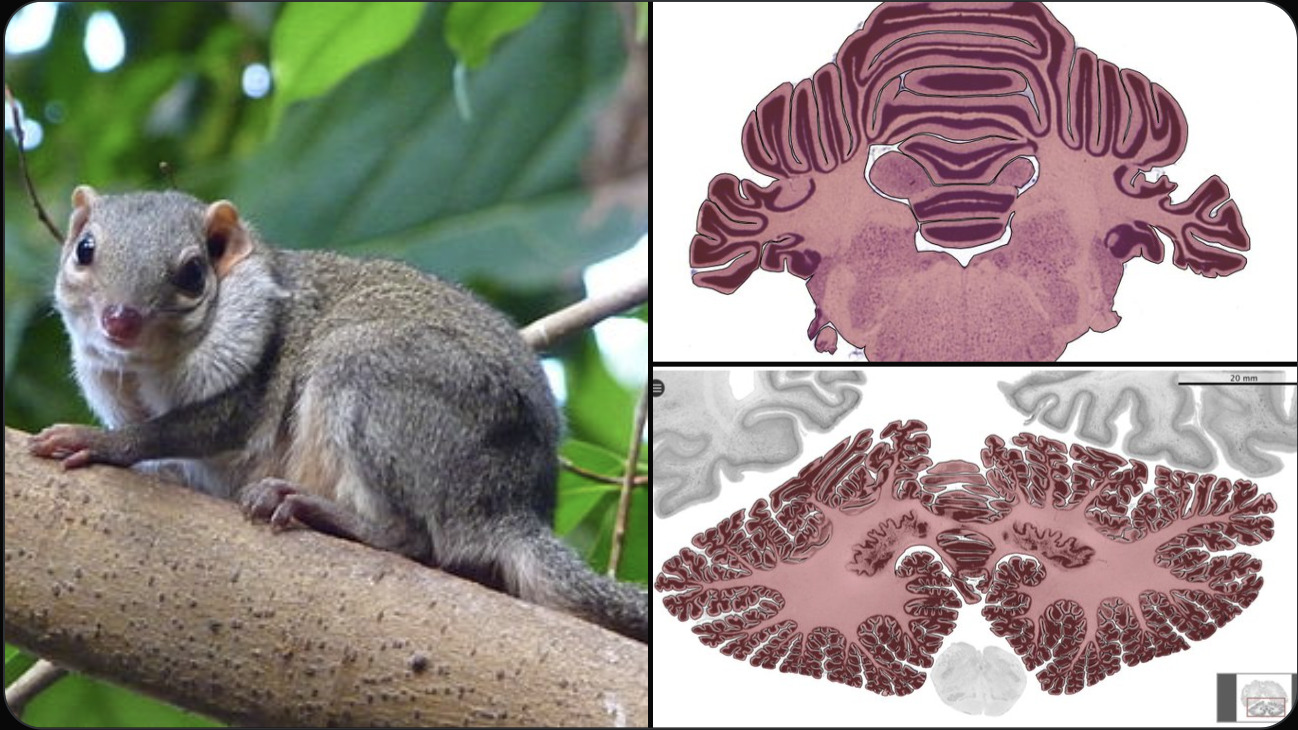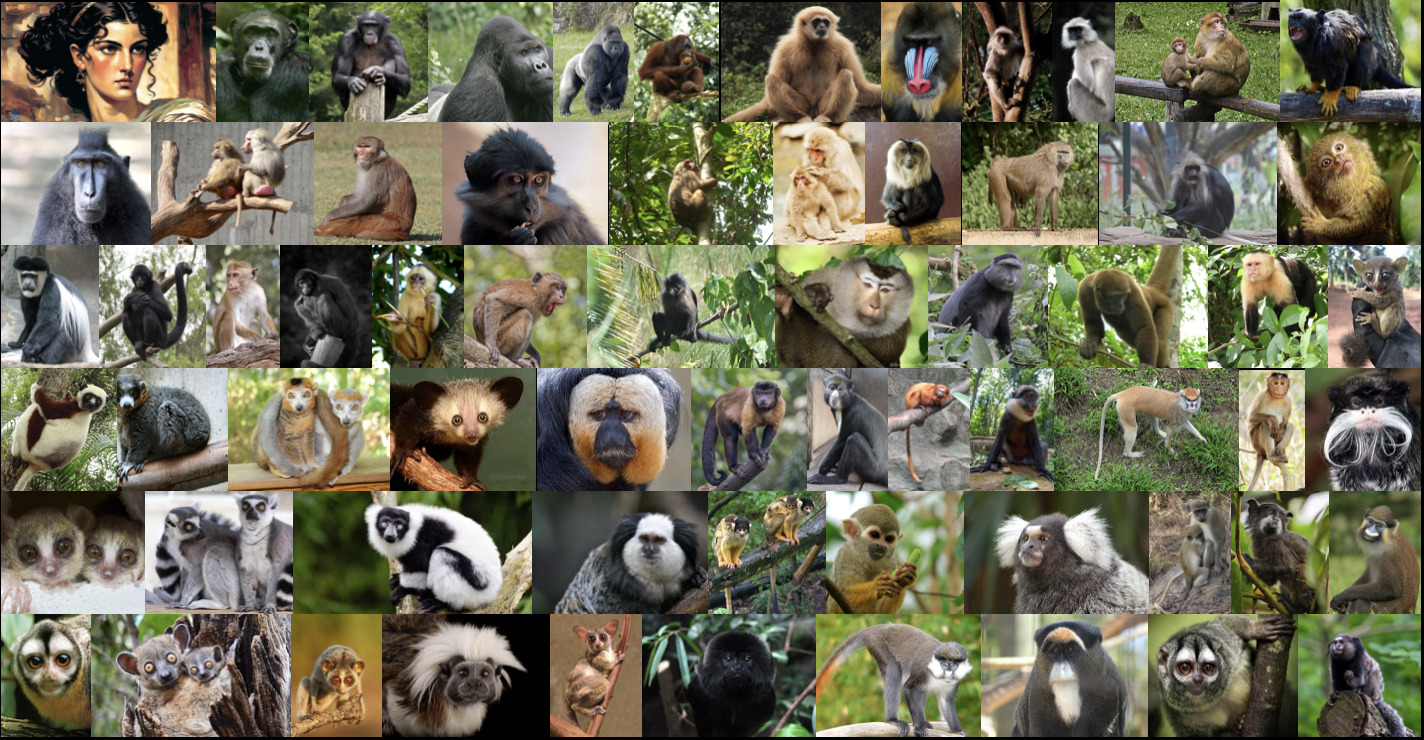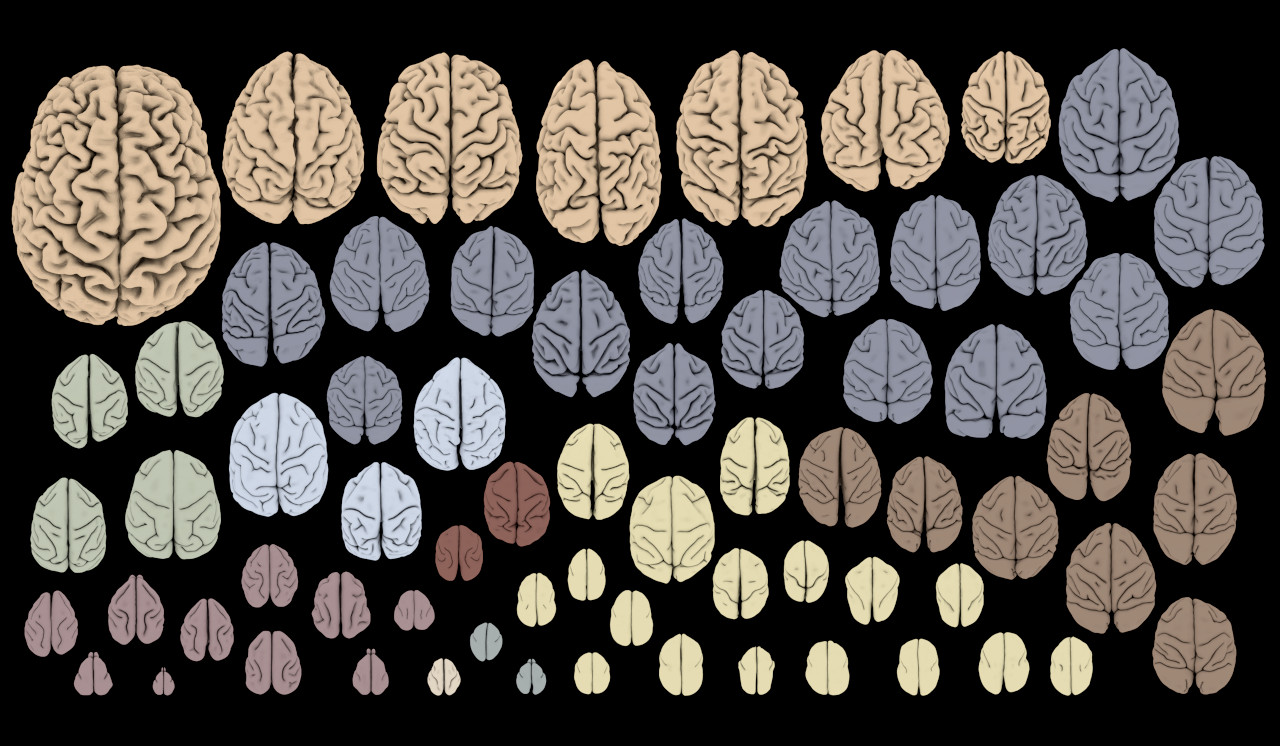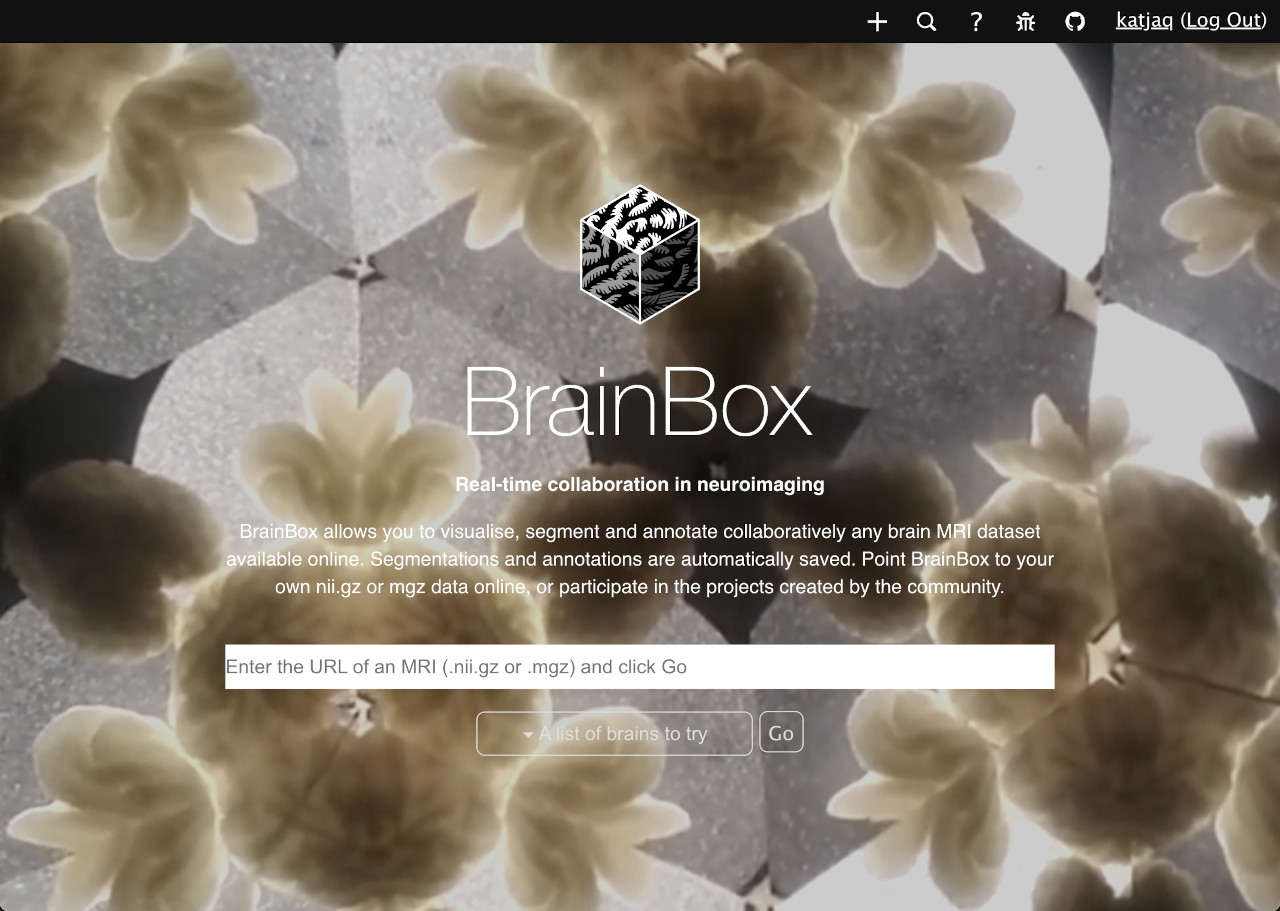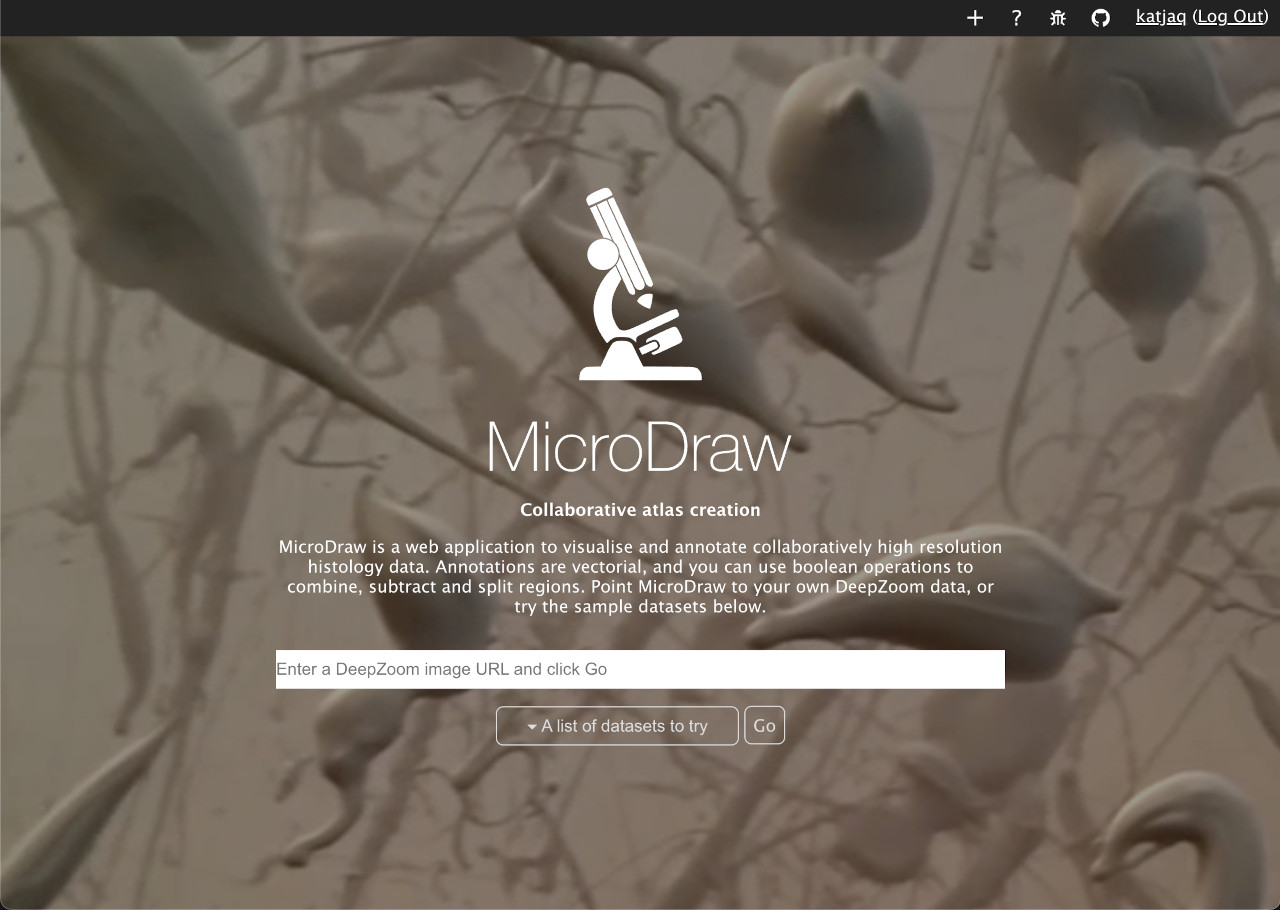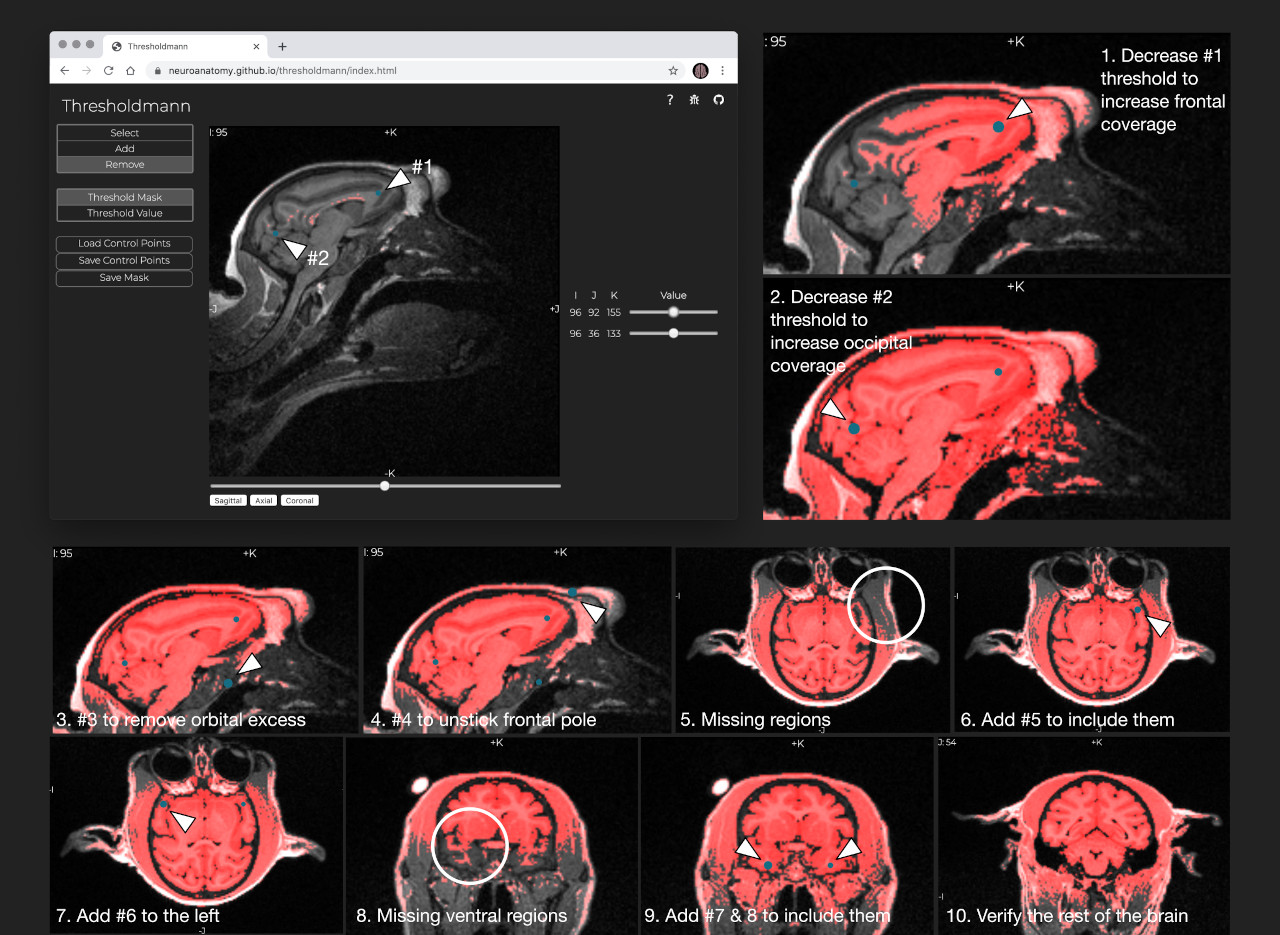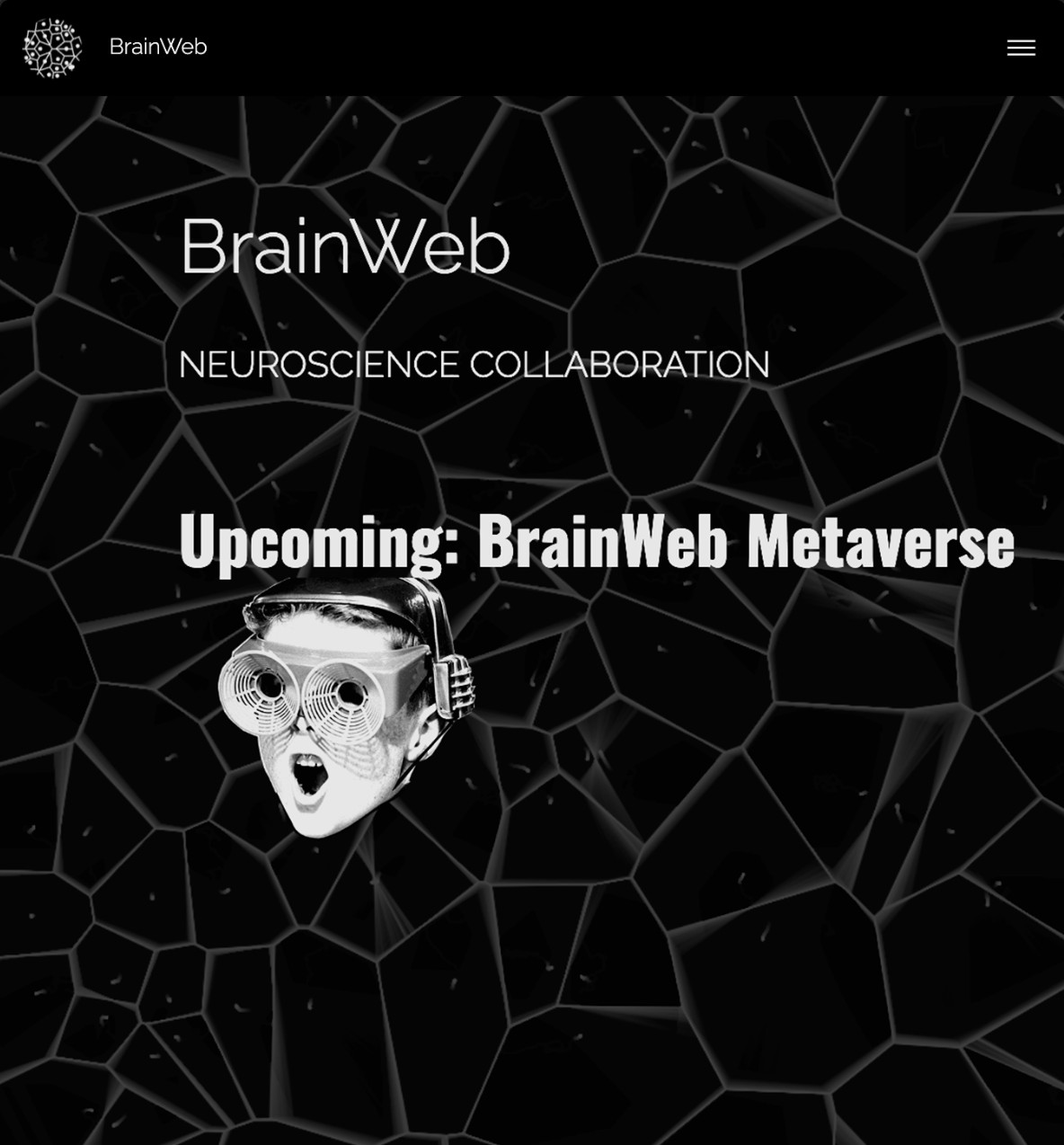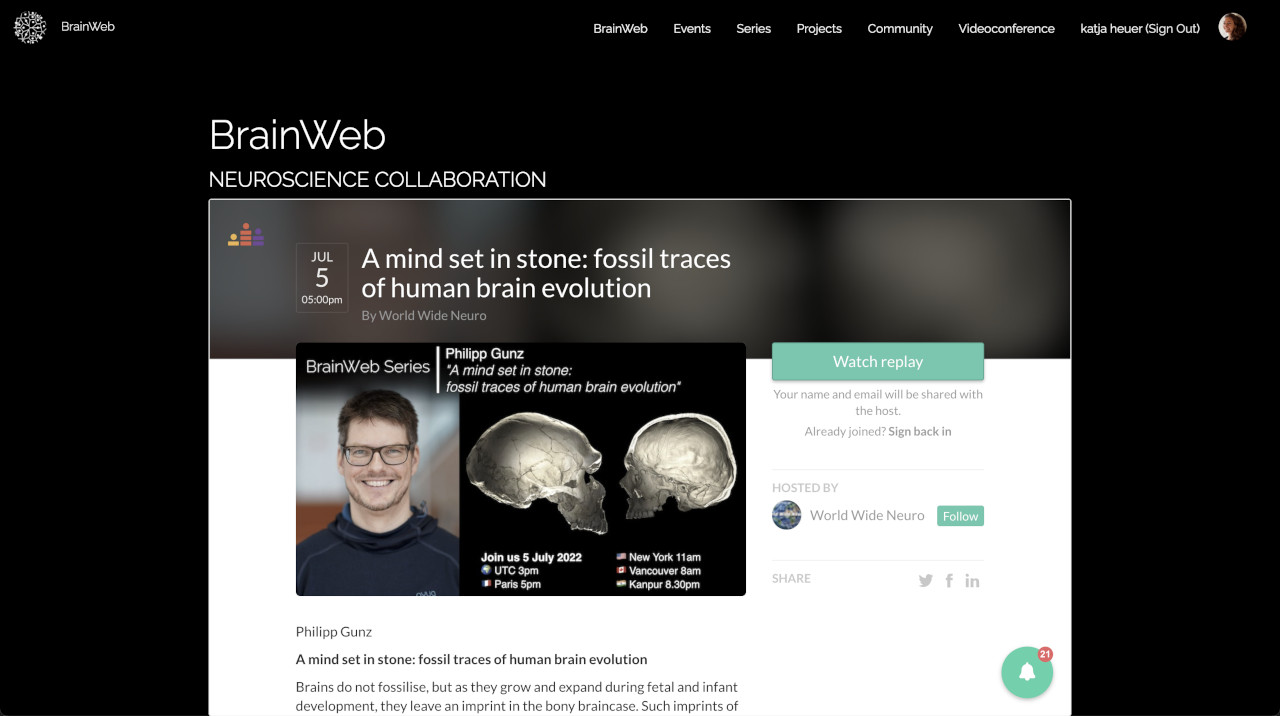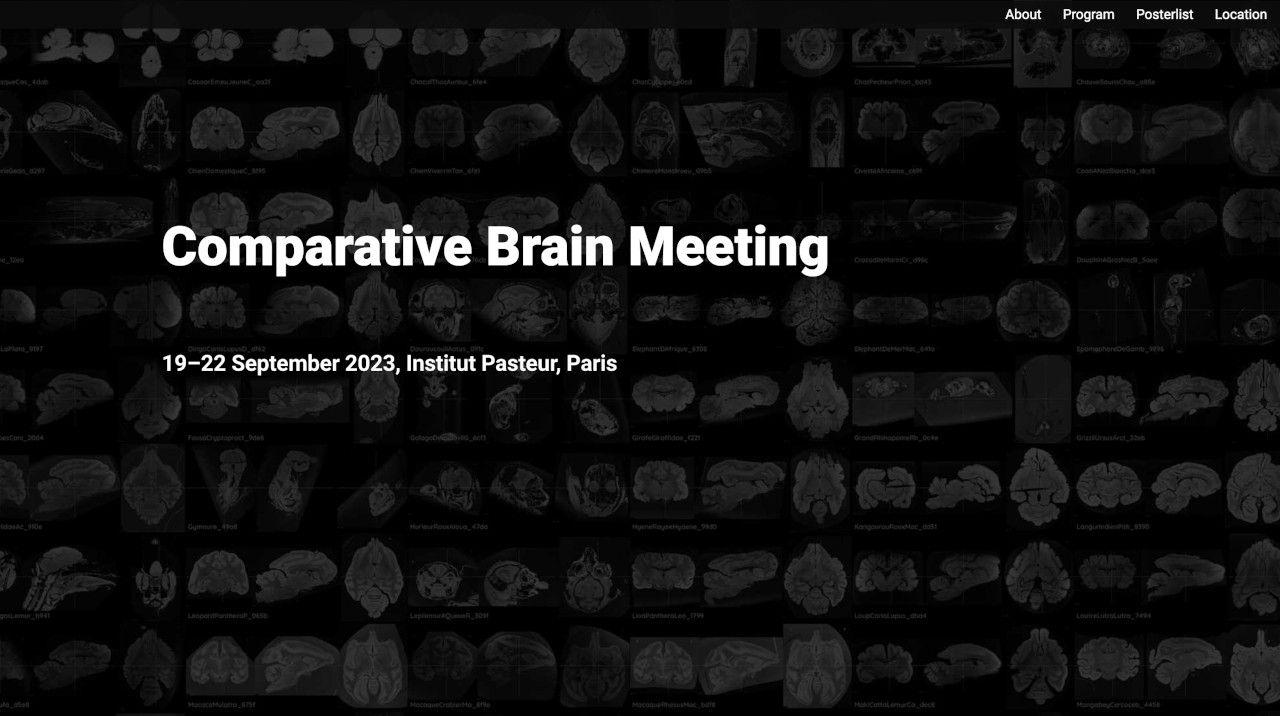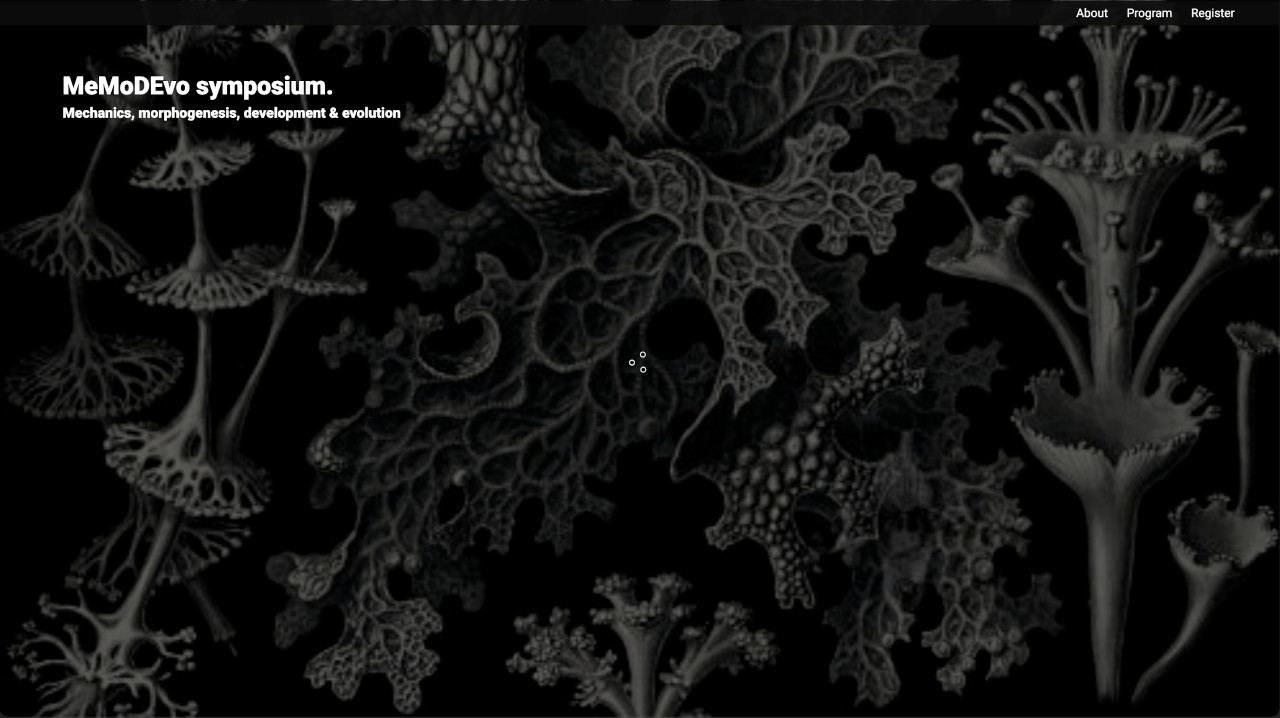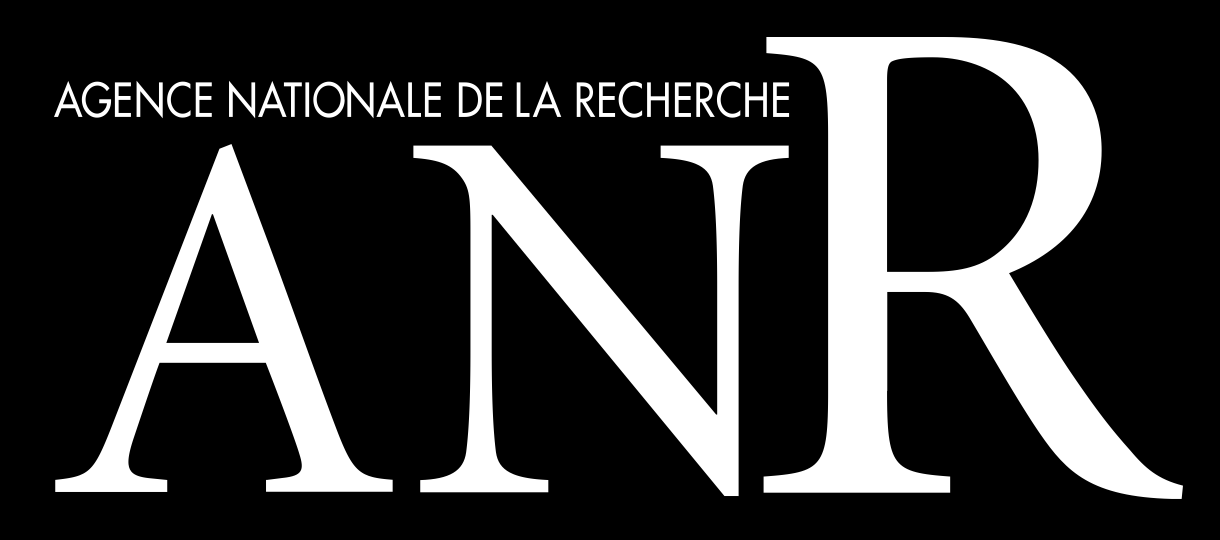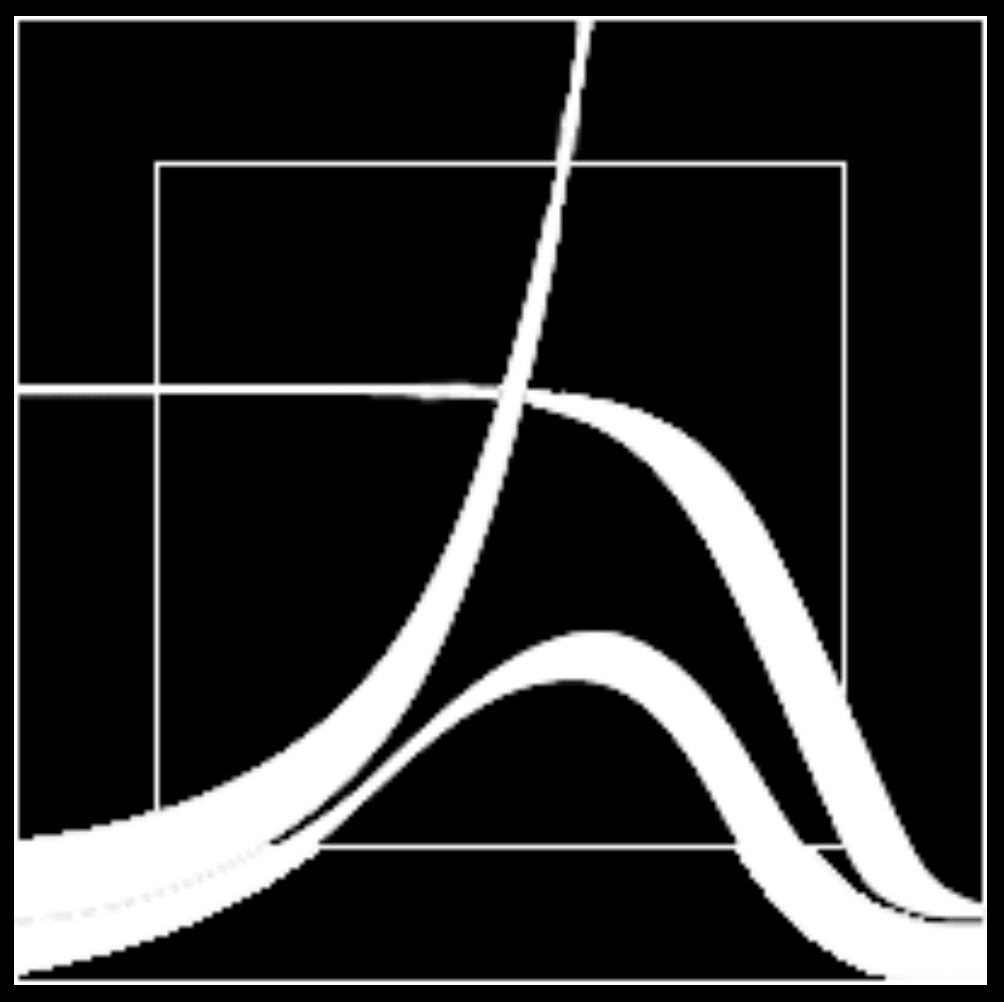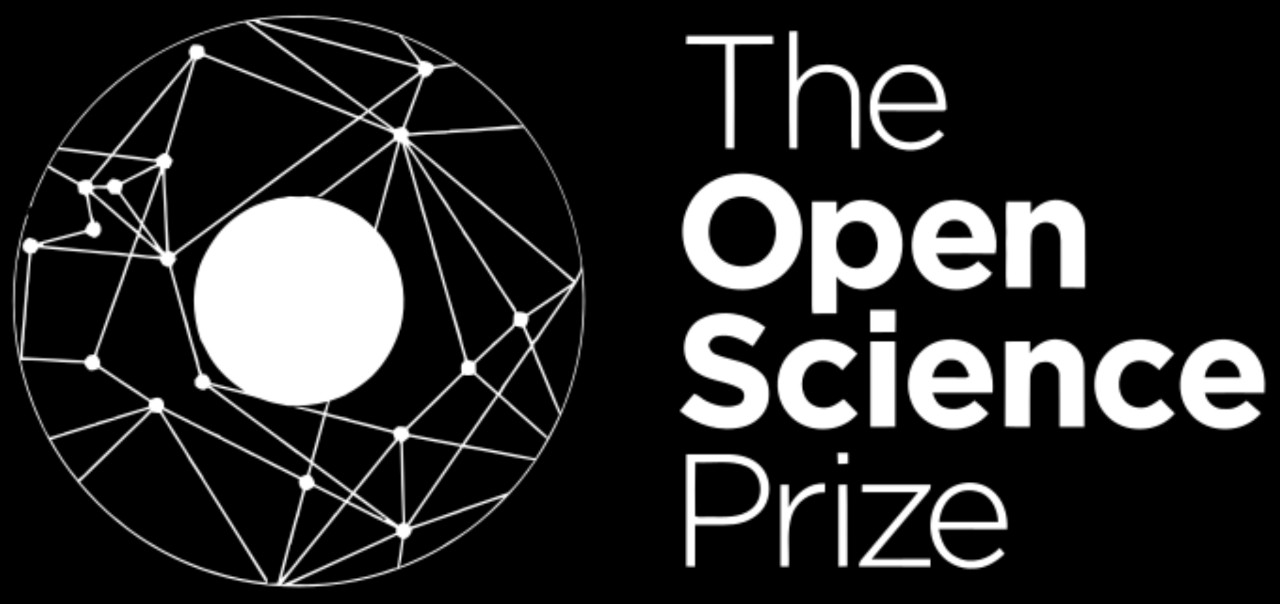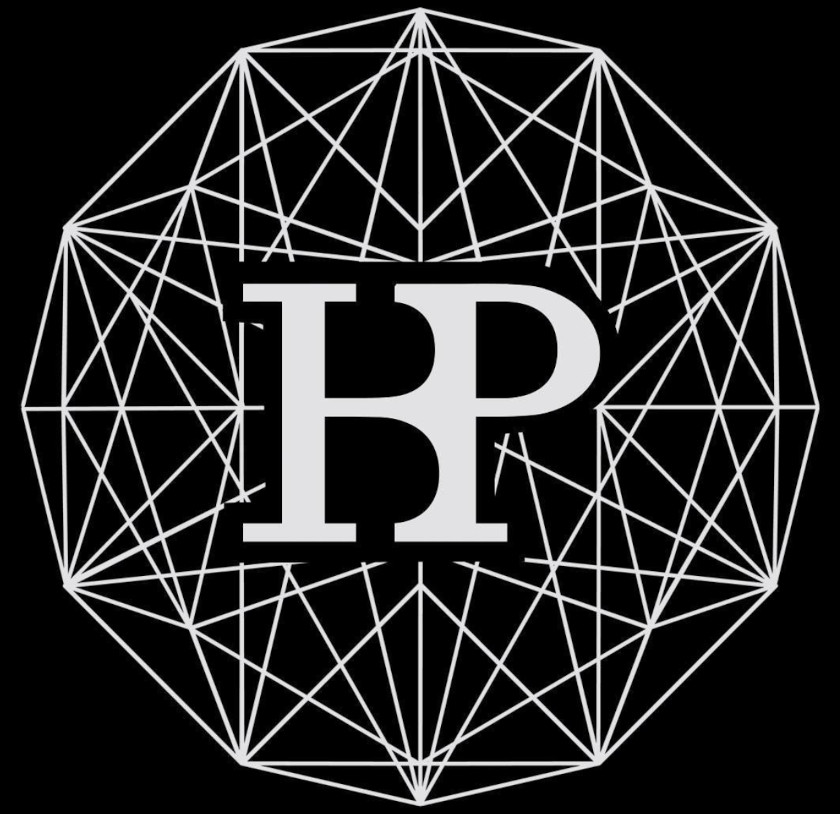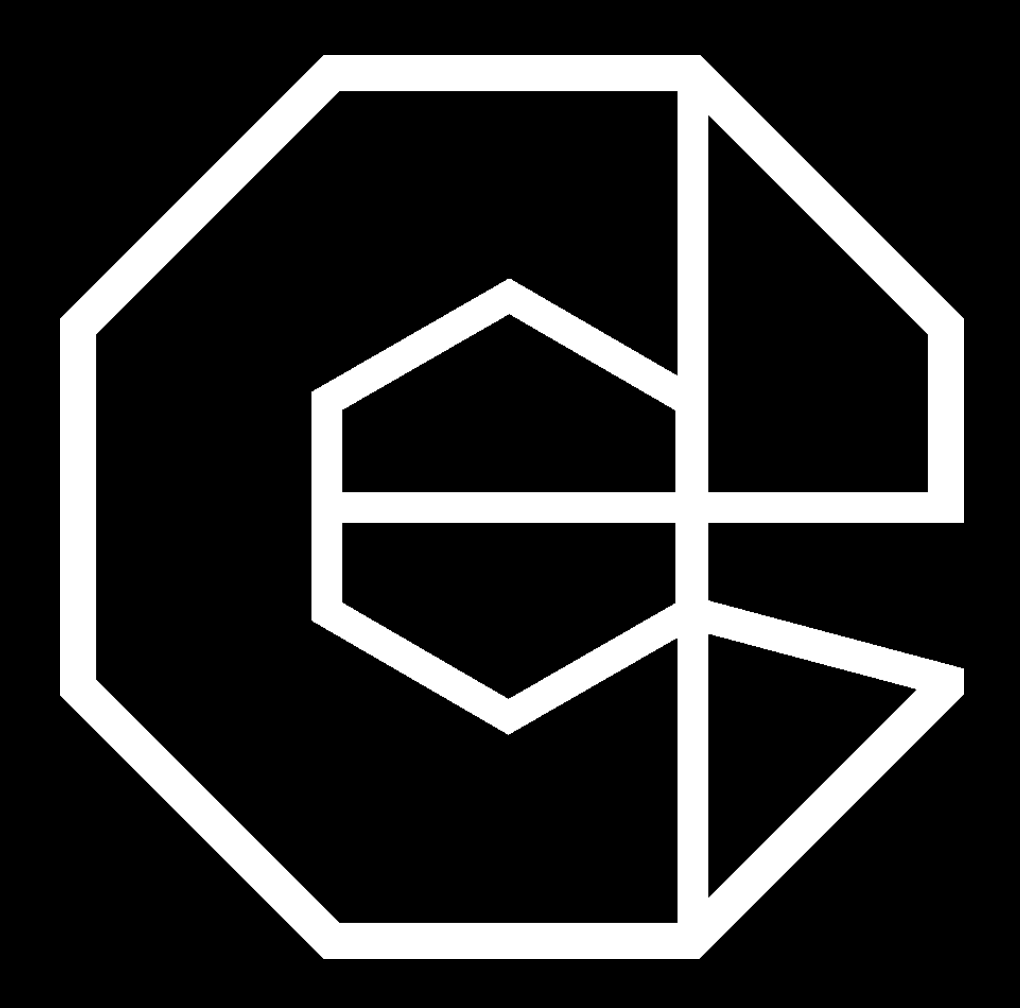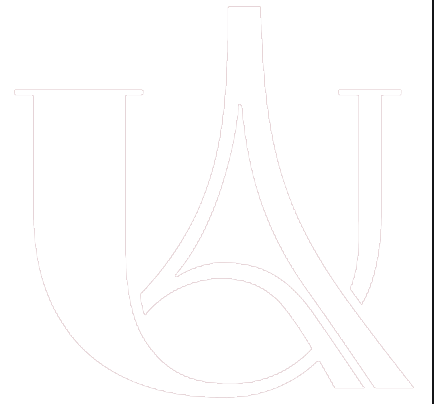|
Heuer, K., Traut, N., de Sousa, A. A., Valk, S., Clavel, J., & Toro, R. (2023).
Diversity and evolution of cerebellar folding in mammals.
eLife. https://doi.org/10.7554/eLife.85907 |
|
Heuer, K., Traut, N., & Toro, R. (2024).
Thresholdmann: A Web tool for interactively creating adaptive thresholds to segment MRI data.
Journal of Open Science Software. https://joss.theoj.org/papers/10.21105/joss.06336
|
|
Magielse, N., Toro, R., Steigauf, V., Abbaspour, M., Eickhoff, S. B., Heuer, K.❖, & Valk, S. L.❖ (2023)
Phylogenetic comparative analysis of the cerebello-cerebral system in 34 species highlights primate-general expansion of cerebellar crura I-II.
Communications Biology. https://doi.org/10.1038/s42003-023-05553-z [❖shared co-last author] |
|
de Sousa, A. A.*, Beaudet, A.*, Calvey, T., Bardo, A., Benoit, J., Charvet, C. J., Dehay, C., Gómez-Robles, A., Gunz, P., Heuer, K.*, van den Heuvel, M. P., Hurst, S., Lauters, P., Reed, D., Salagnon, M., Sherwood, C. C., Ströckens, F., Tawane, M., Todorov, O. S., Toro, R., & Wei, Y. (2023).
From fossils to mind.
Communications Biology. https://doi.org/10.1038/s42003-023-04803-4 |
|
Magielse, N., Heuer, K., Toro, R., Schutter, D. J. L. G., & Valk, S. L. (2022).
A Comparative Perspective on the Cerebello-Cerebral System and Its Link to Cognition.
The Cerebellum. https://doi.org/10.1007/s12311-022-01495-0
|
